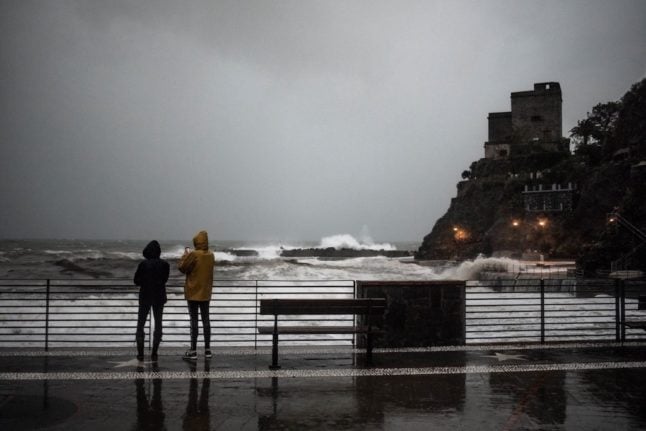Storms, heavy rain and strong winds are forecast for Italy over the next few days as Storm Louis moves in from France.
The storm, which recorded windspeeds of over 100km/h, caused one death in France’s Deux-Sèvres department and left 90,000 homes in the north of the country without electricity last week.
Italy’s Civil Protection Department issued ‘yellow’ weather alerts for the northernwestern regions of Liguria and Piedmont on Monday, as well as for parts of Lombardy, Tuscany and Emilia-Romagna.
⛈️❄️ In arrivo temporali e nevicate al Centro-Nord
📆 Lunedì #26febbraio
🔔🟡#AllertaGIALLA in 5 regioni.
Leggi l’avviso meteo del #25febbraio👉https://t.co/RMnLXaa1Y4 pic.twitter.com/VIZ2EkQgQa— Dipartimento Protezione Civile (@DPCgov) February 25, 2024
In a press release issued on Sunday, the department warned of “widespread rainfall and heavy snowfall,” as well as “possible hailstorms and strong gusts of wind”.
Snow is expected above altitudes of 400-600m in southern Piedmont and the bordering Liguria hinterland, and at 600-800m in parts of Piedmont, Lombardy, Veneto and the province of Trento, authorities said.
A yellow alert is the least severe of Italy’s three-tier colour-coded weather warning system, but still indicates some level of risk.
READ ALSO: EXPLAINED: What do Italy’s storm alerts mean?
River levels are likely to rise rapidly and waterways could become flooded, as could nearby underpasses, tunnels, and basement-level structures.
There is the occasional threat to public safety and the possibility that lives could be lost in unforeseen circumstances.
On Monday, an external staircase collapsed at a school in Genoa following several hours of heavy rain. No one was injured in the incident, though a parked car was reportedly damaged by the falling debris.
While the disturbance will begin in the north of the country, parts of Sardinia, followed by Lazio, Umbria and Marche, can expect heavy rainfall later in the day.




 Please whitelist us to continue reading.
Please whitelist us to continue reading.
Member comments